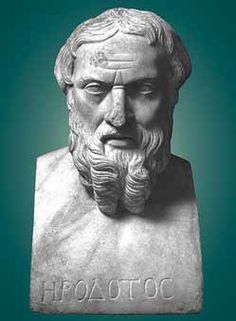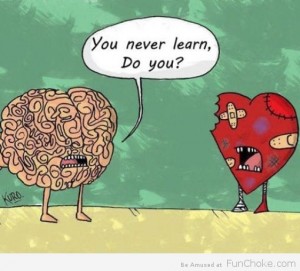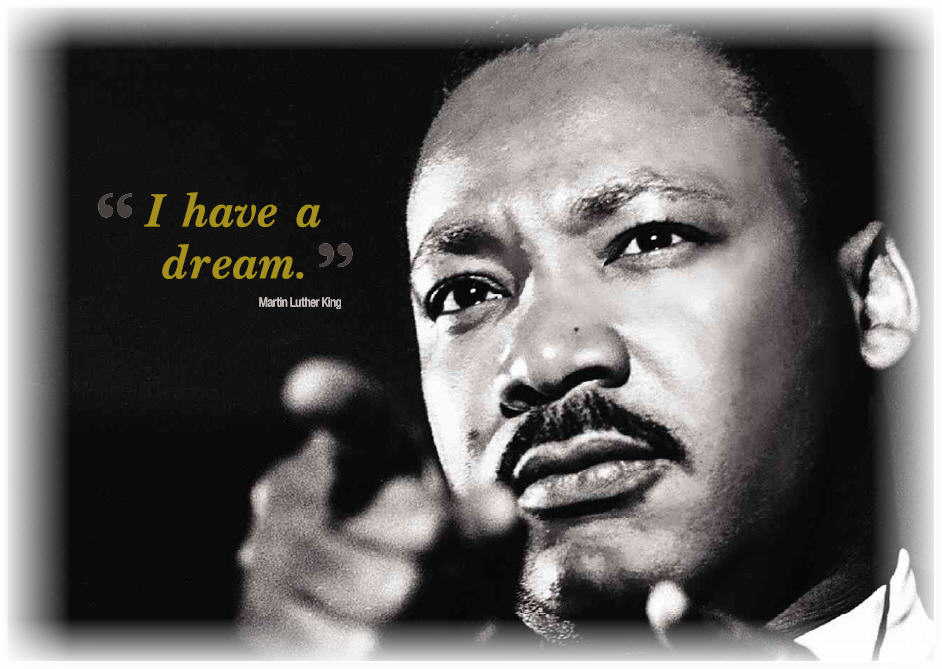In the midst of the current presidential race here in the U.S., with all the rhetoric about who’s out and who’s in (whether the framework in question regards presidential contenders or who has access to the citizenship that would allow a person to vote for them), I thought it might be time to share one of my favorite clips from A Pervert’s Guide to Ideology, one that I use in my classes quite a bit, in which Slavoj Žižek discusses the seeming universality of Beethoven’s 9th Symphony and, in particular, the “Ode to Joy”. “Unity” is always manufactured by exercising certain exclusions. A good thing to keep in mind during this presidential cycle as more candidates start dropping out and more political ads keep rolling in.
Who Is A Christian?: The Donald, The Pope, and the Rhetoric of Religion

Donald Trump received some criticism from an interesting corner this past week when Pope Francis all but declared Trump “un-Christian,” an assessment rendered in response to the latter’s planned policy to build a wall between the US and Mexico if he is elected President. Predictably, Trump fired back with a series of remarks alleging that if ISIS were to attack the Vatican (a possibility in a world without Trump as President, he surmised), then the Pope would seriously regret his words. Although both offered more conciliatory statements later, the spectacle that remained exposed some of the very interesting seams of social identity, seams that should be particularly intriguing to anyone interested not just in the study of religion, but also in the dynamics of public life.
As a scholar of religion with an eye for social theory, one of the first rules of engagement that I use when analyzing a situation such as this is to presume that labels like “Christian” are more shifting descriptors of a particular group’s interests and place in a society rather than a finite, essentialist definition of them. In other words, there is not a single thing that characterizes all people who call themselves “Christian,” and so what intrigues me about the use of the term is why and how we use it when we do, rather than assuming that it is a neutral, self-evident category that objectively describes the world. Continue reading “Who Is A Christian?: The Donald, The Pope, and the Rhetoric of Religion”
Pleasantville and Social Reproduction

This post originally appeared on the Practicum blog.
In Religion & Society—my introductory religious studies course — I regularly use the 1998 comedy Pleasantville to engage in a discussion about how we’re socialized to actively seek conformity to the existing social order. The film is about two teens — David, played by Tobey Maguire, and Jennifer, played by Reese Witherspoon—who are magically transported from the 1990s into a 1950s sitcom; they immediately begin to chafe under the social expectations of small town life. As they start deviating from the social norms of the fictional sitcom world (and encourage others to do so as well), they disrupt the life of the entire town. (If you haven’t seen it, the trailer is below. Note: there are spoilers further down.) Continue reading “Pleasantville and Social Reproduction”
Sending Signals

Like that vestigial organ, the appendix (long thought to have little utility), a car’s turn signals — or what I grew up calling blinkers — seem no longer to have any function, making them a bit of survival, in the classic anthropological sense, from an earlier but now bygone era. For the drivers I mostly encounter here in Alabama seem not to have any need of that little lever over on the left of the steering wheel.
The curious thing, then, is why cars still have them. Continue reading “Sending Signals”
Cultural Entrepreneurs
 Accusations of cultural appropriation have been especially prevalent recently. The depiction of Jeff Bezos as Vishnu on the cover of Fortune magazine elicited complaints from some people who identify with Hinduism, as did the Krewe of Galatea parading their court as Hindu deities during Mardi Gras festivities. The recent Coldplay/Beyoncé music video release “Hymn for the Weekend” also has generated complaints about its depiction of India and the ways some artists profit off of these images.
Accusations of cultural appropriation have been especially prevalent recently. The depiction of Jeff Bezos as Vishnu on the cover of Fortune magazine elicited complaints from some people who identify with Hinduism, as did the Krewe of Galatea parading their court as Hindu deities during Mardi Gras festivities. The recent Coldplay/Beyoncé music video release “Hymn for the Weekend” also has generated complaints about its depiction of India and the ways some artists profit off of these images.
Images of India have been used for decades, from the 007 film Octopussy to Indiana Jones and the Temple of Doom, and the complaints that they have spawned have basis in the colonialism and neocolonialism of India and the global inequality that such images — in their construction of India as some place totally different — reinforce. One critique of the Coldplay/Beyoncé music video expressed concern for artists profiting from images of Indians always throwing colors, as if everyday was Holi. However, the author’s own discussion actually suggests one limitation of claims of cultural appropriation. Continue reading “Cultural Entrepreneurs”
Now You Have Taken It Too Far
 This semester I’m teaching an introductory course on the Study of Religion, that is, looking at scholarly definitions and scholarly approaches to the study of religion. We’re exploring among other things, together with my students, questions like what is the study of religion? What is at stake in naming/defining/classifying things in this or that way? Although this early in the semester one question that prevails is: Continue reading “Now You Have Taken It Too Far”
This semester I’m teaching an introductory course on the Study of Religion, that is, looking at scholarly definitions and scholarly approaches to the study of religion. We’re exploring among other things, together with my students, questions like what is the study of religion? What is at stake in naming/defining/classifying things in this or that way? Although this early in the semester one question that prevails is: Continue reading “Now You Have Taken It Too Far”
Love in a Time of Scholarship

At the most recent American Academy of Religion meeting in Atlanta, I was appreciative of the NAASR program that asked its participants to think through the place of “theory” in the academic study of religion. You can see the program overview and description here. The NAASR discussion now seems even more relevant in light of the 2016 AAR theme: “Revolutionary Love.” Russell McCutcheon recently wrote a blog post responding to it, wherein he suggested “those members of the AAR, such as myself, who understand the academic study of religion to be something entirely apart from being faithful in the world (whatever that may mean), will surely hesitate, or even balk, when reading this theme.” Continue reading “Love in a Time of Scholarship”
Tales From the Bottom of the Backpack: What was “The Point” of Martin Luther King, Jr. Day?

If you’re a regular reader of this blog, you know that my children often figure significantly into my posts if only because people in the midst of being socialized are, in my opinion, some of the most interesting people around. This is also why so many of my posts about my kids are often focused on their educational experiences, for while there are a large number of ways in which we are socialized, most of these experiences are rarely as intentional and self-conscious as formal education. (If you’re interested, you can check out my reflections on their school introduction to Columbus Day and 9/11).
With that said, I recently had an interesting experience that shed some light on the ways that we negotiate our social rituals in order to suit the specific power relationships that such rituals foster. Martin Luther King, Jr. Day occurred a few weeks ago in the U.S., a holiday honoring the slain civil rights leader. Many of you, no doubt, saw all sorts of King-related posts on social media, most of them lines extracted from King’s larger speeches and writings, transformed into motivational statements like these: Continue reading “Tales From the Bottom of the Backpack: What was “The Point” of Martin Luther King, Jr. Day?”
